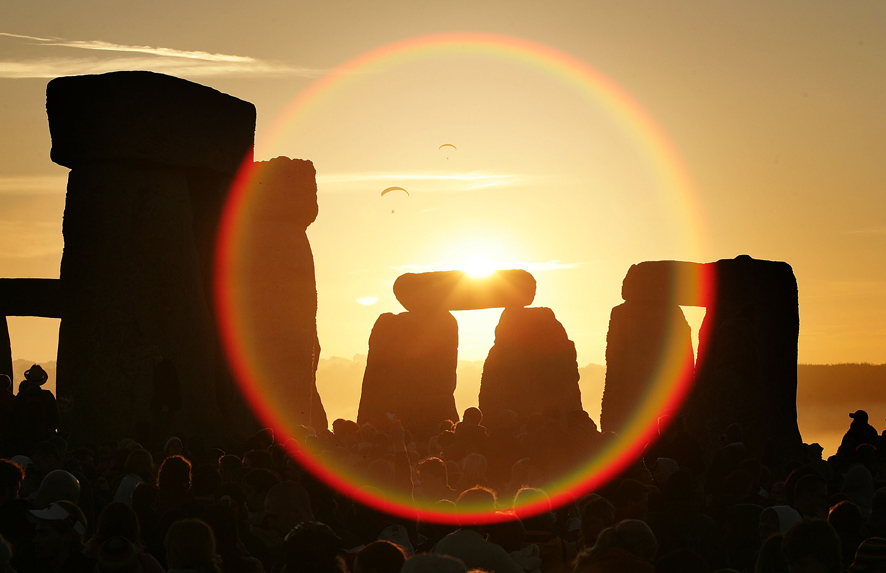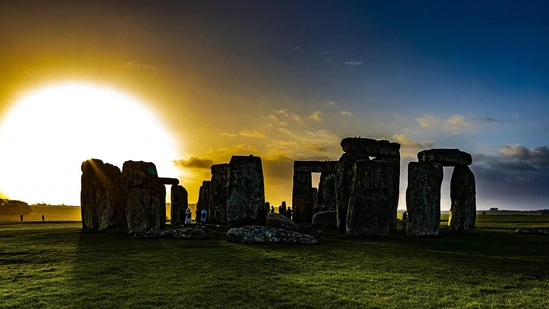This week, those yearning for summer will experience a unique event: the earliest summer solstice in over two centuries. Scheduled for Thursday afternoon, this solstice is the earliest since June 20, 1796, a time when George Washington was president and the United States consisted of only 16 states.
What is the Summer Solstice?
The summer solstice, marking the start of astronomical summer in the Northern Hemisphere, occurs at 4:50 p.m. on Thursday. This moment signifies when the sun reaches its highest point in the sky each year. At this time, the sun is directly above the Tropic of Cancer, the northernmost point it reaches. This results in the longest day of the year in terms of daylight hours, although each day still contains 24 hours. The extended daylight will persist for a few days before gradually decreasing until the winter solstice in late December.

The solstices, equinoxes, and seasons are products of Earth’s axial tilt, a result of a random collision with another celestial object billions of years ago. The early occurrence of this year’s solstice is due to the intricate interplay between Earth’s annual orbit around the sun and its daily rotation, combined with our calendar system.
Meteorological vs. Astronomical Summer
In many regions, it has already felt like summer for several weeks, prompting meteorologists to consider June, July, and August as the hottest months of the year. Despite this, the most intense heat usually follows the solstice by about a month. Climatologist Brian Brettschneider explains that this delay means July often records the highest temperatures annually in many areas.
Meteorological summer, which began on June 1, precedes the astronomical summer marked by the solstice. While meteorological summer aligns with the calendar months for statistical purposes, astronomical summer is defined by the position of Earth concerning the sun.
Global Celebrations of the Solstice
Around the world, various cultures celebrate the summer solstice with music and festivities. One of the most notable celebrations occurs at Stonehenge in England, where hundreds of people gather to mark the first day of summer. The ancient rock formation aligns perfectly with the sun’s movements on both the summer and winter solstices. Although the exact purpose and origins of Stonehenge remain a mystery, it has become a significant site for observing the solstice.
Similarly, the Mayans and Aztecs built structures that aligned with the sun’s shadows during the solstices, using these astronomical events as precise markers, according to Scientific American. These ancient civilizations recognized the solstices’ importance and incorporated them into their architectural designs and cultural practices.
The Winter Solstice in the Southern Hemisphere
It is essential to note that while the Northern Hemisphere welcomes summer, the Southern Hemisphere experiences the winter solstice on the same day. For the approximately 12% of the world’s population living in the Southern Hemisphere, this marks the onset of winter.

As we anticipate the earliest summer solstice in more than 200 years, it is a reminder of Earth’s intricate movements and the rich cultural traditions that celebrate these astronomical events. Whether observing ancient sites like Stonehenge or simply enjoying the extended daylight, the solstice is a time to reflect on our planet’s unique relationship with the sun.
